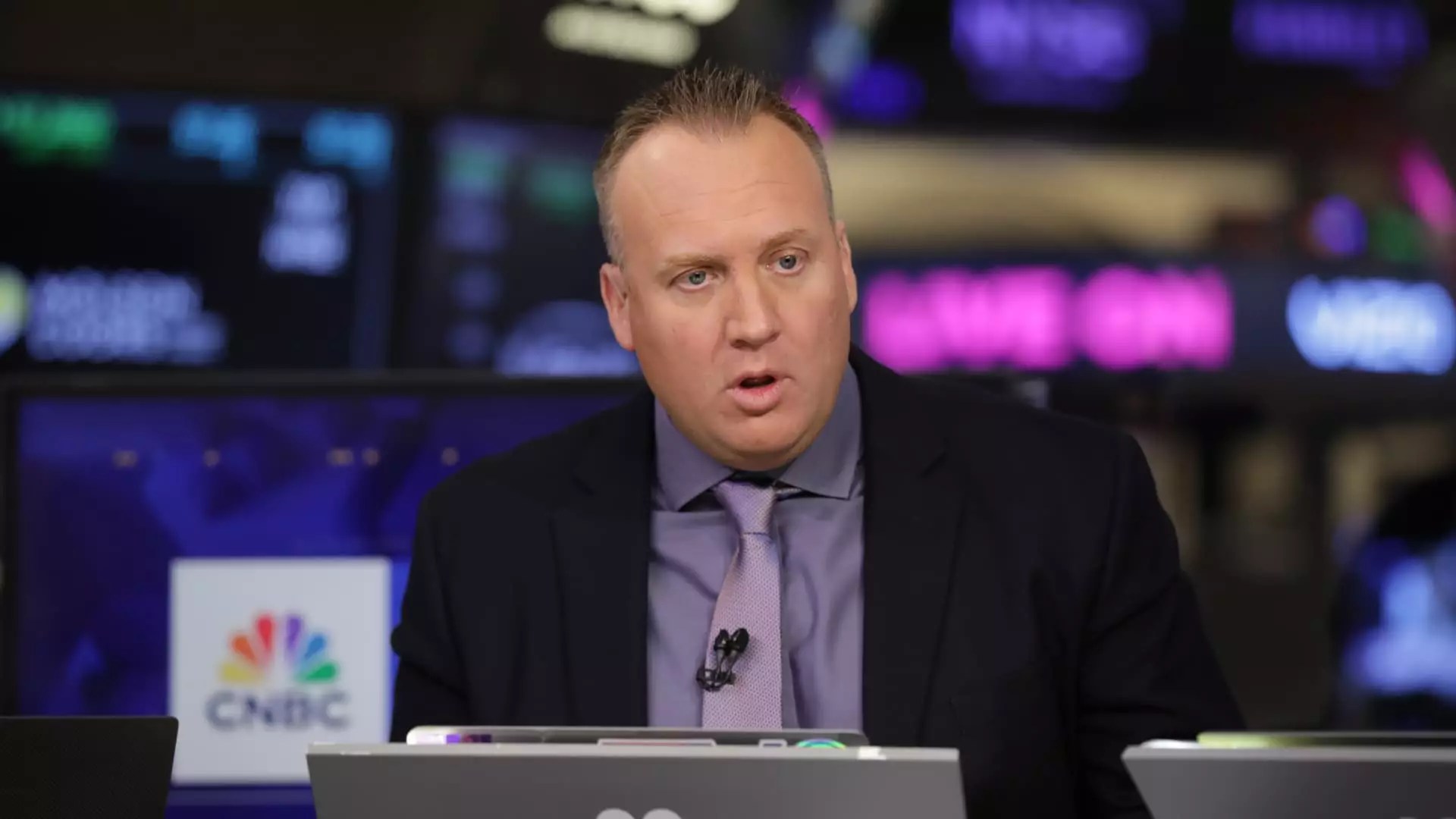In an era defined by technological advancements, one company stands out among the myriad of players in the ride-hailing industry: Uber. Recently, Josh Brown, the CEO of Ritholtz Wealth Management, declared Uber his largest and most passionate investment, rooted in his belief that the impending rollout of autonomous vehicles will radically reshape the transportation landscape. The overarching theme here is not merely investment jargon; it’s a testament to the shifting dynamics of how we perceive mobility in the modern world. The autonomous driving boom—signaled by partnerships like Uber’s with Waymo—portends a monumental paradigm shift that could redefine not just app-based transportation but commerce itself.
Cost Efficiency: The Driving Force
At the heart of Brown’s conviction lies a simple yet profound realization: the human driver is the most expensive component of the ride-hailing model. With automakers like Tesla and tech giants such as Waymo leading the charge in robotics, one must recognize that the future of ride-hailing hinges on these innovations. Uber has positioned itself strategically to benefit from this tectonic shift, as the removal of human drivers represents a significant cost-saving measure that translates into lower prices for consumers and improved margins for the company. Think about it—if the human element can be replaced by cost-efficient robots, the logical conclusion is that both Uber and its users could emerge as winners.
Market Reactions: A Telling Trend
Uber’s stock saw an astonishing surge—over 8%—in response to the news of Waymo’s robotaxis becoming available to Uber users in Atlanta. Such market movements are not incidental; they signal a broader awakening among investors and analysts alike. The partnership indicates that Uber is not merely a ride-hailing app but a critical player in the future of autonomous transportation, where the consumer experience could very well be prefaced by convenience and safety. As more users engage with autonomous vehicles through trusted platforms like Uber, the psychological barriers surrounding driverless cars will surely lower. The stock’s rise, therefore, is not only a reflection of positive news but a manifestation of a shifting consumer mindset that recognizes the transformative potential of these technologies.
The Competitive Landscape
While Uber’s partnership with Waymo positions it well against competitors, the reality remains that it faces fierce rivalry. With companies like Tesla, Baidu’s Apollo Go, and other emerging players rapidly innovating, the race for dominance in the autonomous space is intense. However, rather than viewing this as a threat, we should appreciate how competition fosters innovation. Uber’s strategy of forming partnerships, instead of solely developing its own autonomous vehicle technology, places it in a favorable position within the competitive landscape. Each milestone achieved by its partners can serve as a catalyst that boosts Uber’s brand and operational capabilities, fostering a symbiotic relationship that may accelerate growth for both parties.
A Long-Term Perspective: No Plans to Cash Out
What elevates Brown’s endorsement of Uber is his commitment to holding onto these shares for the long haul. His assertion that the stock price should exceed $100 without hesitation reflects a sentiment that is optimistic yet grounded in analytical prowess. In the world of stock markets, where short-term fluctuations often dictate investor behavior, Brown’s resolve to hold through the ups and downs reveals an understanding of long-term growth trajectories that could be missed in a sale. This unwavering commitment signals confidence not only in Uber’s operational strategy but also in the broader trends driving the future of mobility.
Final Thoughts: A Paradigm Shift Awaits
As we stand on the precipice of a revolutionary change in how we think about transportation, it is essential to recognize the opportunities that lie ahead. Uber, led by a visionary approach in the face of emerging technologies, stands at the forefront of this transformation. Those skeptical of its future should reconsider their assumptions in light of the powerful shifts occurring in the industry, while those already aware should remain vigilant in following Uber’s progress. The next few years could very well determine whether ride-hailing as we know it will be outmoded, or if it will instead evolve into something profoundly more efficient, sophisticated, and pivotal in the fabric of our daily lives.


Leave a Reply